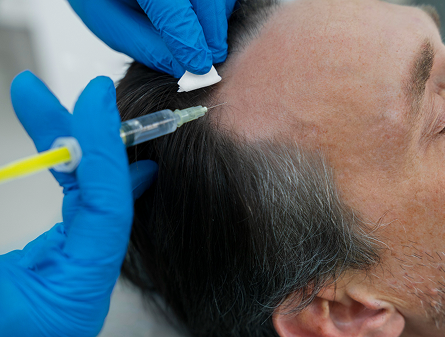Microneedling is a treatment where very small needles create tiny punctures in the epidermis of the skin. This can help to promote hair growth from dormant follicles as it encourages the production of collagen. Finasteride is a hair regrowth medication for male pattern hair loss.
It blocks the production of dihydrotestosterone (DHT) which is responsible for the shrinking and weakening of hair follicles. Microneedling is a minimally invasive treatment that can be performed at home or in a clinic and combined with other solutions.
Finasteride can be taken as a daily pill which does not require any clinical visits as a prescription can be acquired remotely and delivered to your door. Explore the comparison table below to see if microneedling or finasteride are suitable treatments for you.
- Microneedling creates micro-injuries on the scalp to trigger healing and promote growth.
- Unlike finasteride, it’s an external, non-hormonal approach.
- Finasteride is an oral DHT blocker that reduces hair loss caused by hormonal imbalances.
- Compared to microneedling, it works systemically rather than creating an impact on the scalp surface.
- At-home rollers cost around $30–$100, and clinic sessions vary in price.
- More budget-friendly initially than ongoing prescriptions.
- Finasteride typically costs $30–$70 per month.
- Unlike microneedling, it requires continual purchase.
- Used weekly or fortnightly, with visible results in 3–6 months.
- Requires consistent long-term effort to maintain results.
- Taken daily with results in 3–6 months.
- Unlike microneedling, it requires no time-consuming process.
- Applied physically with a roller or pen to the scalp surface.
- Encourages healing, collagen, and absorption of topicals.
- Ingested as a tablet, working internally by lowering DHT.
- No physical application required, like microneedling.
- Generally safe when performed correctly to minimise the risk of infection or irritation.
- Side effects are minor if tools are properly sanitised.
- It can cause sexual side effects or mood changes in some users.
- Compared to microneedling, it carries systemic risks rather than physical ones.
- Requires time and care to apply effectively.
- Less convenient than taking a pill.
- Very easy to use; just one pill daily.
- Unlike microneedling, it involves no tools or setup.
- Widely available online, no prescription needed.
- Suitable for both men and women.
- Prescription-only in Australia and not typically used for women.
- Compared to microneedling, it is less accessible.
- Results can be sustained with continued use.
- Benefits decrease if stopped for long periods.
- Results are sustained as long as usage continues.
- Unlike microneedling, stopping can cause a more noticeable reversal of results.
- Enhances absorption of minoxidil and complements other treatments.
- Often used as part of a combination routine.
- Commonly used with minoxidil for a multi-treatment approach.
- Compared to microneedling, it addresses hormonal issues, so other treatments can tackle scalp stimulation.
- Appeals to users wanting active, hands-on, non-drug solutions.
- Considered a more natural approach.
- Appeals to those wanting simplicity and clinically backed results.
- Unlike microneedling, it involves less user effort.
- Improves skin texture and scalp health alongside hair growth.
- Broader dermatological benefits.
- Targets DHT and hormonal hair loss.
- Unlike microneedling, it doesn’t improve skin health.
- Tools are reusable, but needles require replacement.
- Less waste than monthly medication packaging.
- Creates consistent packaging waste from prescriptions.
- Compared to microneedling, it has a larger environmental footprint.
Shop our hair solutions
We are committed to providing affordable hair regeneration services for people all over Australia. Our formula can help you regain your confidence.
Shop Now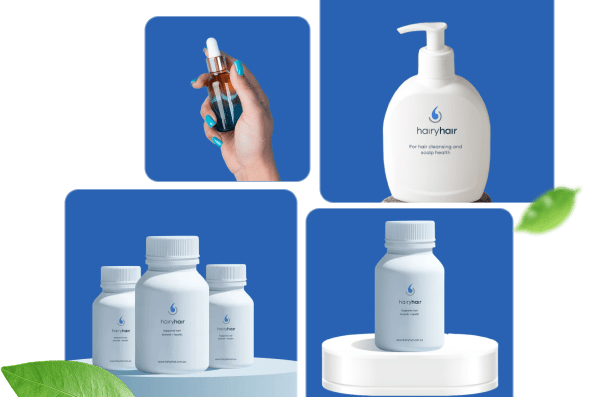

Microneedling vs Finasteride Effectiveness for Regrowth Comparison Summary
Microneedling has been researched for the treatment of a range of hair loss issues including pattern hair loss and alopecia areata while finasteride is most applicable for androgenic alopecia.
Microneedling sessions in a clinic can be a costly investment as 1-2 treatments per week for the first 3-4 months are required to see results with maintenance sessions then needed to keep the regrowth. Finasteride is a cheaper option that is designed more for long-term use and is often combined in a pill with other hair regrowth ingredients both natural and pharmacological to tackle hair loss from different causes.
Microneedling devices can be purchased for at-home use but they will not be as effective as clinical-grade devices and there is a risk of spreading infection if they are improperly used and not disinfected and cleaned in between sessions.
Finasteride can be easily integrated into your routine as a daily pill but it can have systemic side effects relating to sexual dysfunction in a small percentage of people.
User Guidance
Some research may be required if opting for an at-home microneedling device as cheaper products could pose a safety risk. Most formulations of finasteride are the same with pills containing similar active ingredients combined with natural hair growth ingredients.
Research still needs to be conducted to see how effective microneedling is as a monotherapy, it can have positive results when used alone but works well in combination with other medications like minoxidil.
Finasteride has been shown to be effective when used alone but pairing it with another treatment like minoxidil can be beneficial for targeting different causes of hair loss.
Take Our Hair Loss Quiz to See Which Treatment Suits You?
Take A Hair Quiz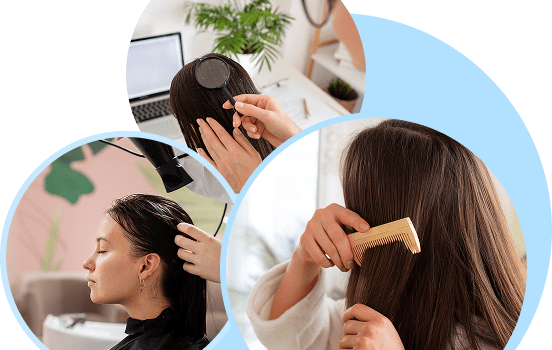

Frequently Asked Questions
We have put some commonly asked questions.
Nunc scelerisque tincidunt elit. Vestibulum non mi ipsum. Cras pretium suscipit tellus sit amet aliquet. Vestibulum maximus lacinia massa nontor.
Platelet-rich plasma (PRP) treatment involves drawing blood from the patient, isolating the beneficial nutrients and injecting it into the scalp where hair loss is occurring. This promotes hair growth and has many other applications from encouraging healing to skin rejuvenation.
Platelet-rich plasma (PRP) treatment involves drawing blood from the patient, isolating the beneficial nutrients and injecting it into the scalp where hair loss is occurring. This promotes hair growth and has many other applications from encouraging healing to skin rejuvenation.
Platelet-rich plasma (PRP) treatment involves drawing blood from the patient, isolating the beneficial nutrients and injecting it into the scalp where hair loss is occurring. This promotes hair growth and has many other applications from encouraging healing to skin rejuvenation.
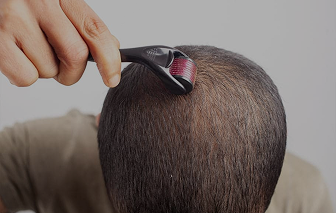
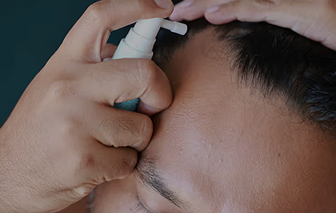

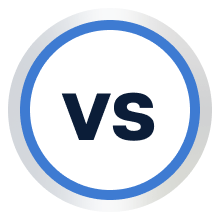

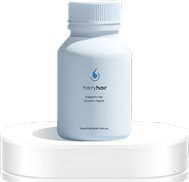
 See All
See All